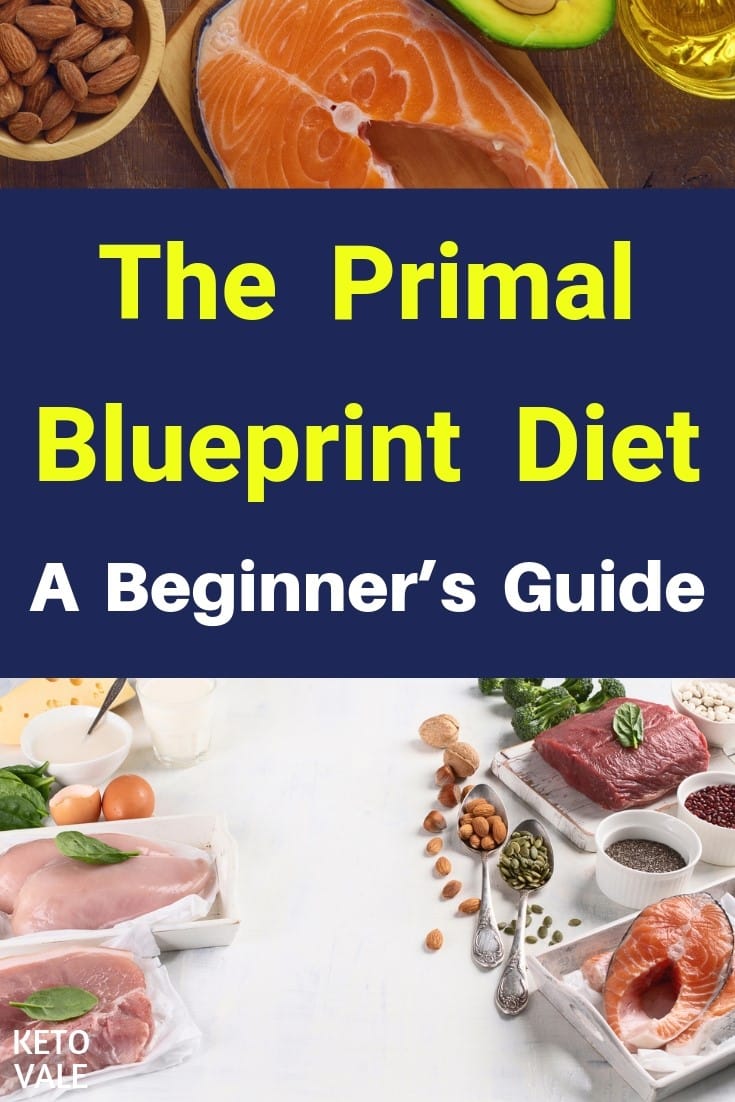

That’s what you have here: A starter’s training guide to get you going so that two months from now you’ll be ready to graduate from beginner status-with a bigger, stronger, leaner physique to show for it.Īs the name implies, a whole-body training split involves training your entire body in every workout. In times like these, you need a blueprint to tell you exactly what to do and what not to do in the gym, when to do it, and what kinds of foods and supplements to put in your body. At one point, they were just like you: a true newbie, a beginner, and not altogether certain of what to do first. You can let go now: congratulations.The best athletes and bodybuilders in the world weren’t born with superhuman strength and chiseled abs. “The little stabiliser muscles that are activated with freeweights will be tired. Patmore recommends doing these at the end of a session.
#Beginners blueprint to diet and training how to#
Practicing compound lifts on Smith machines is like riding a bike with stabilisers: it teaches you how to move so you can eventually do it yourself. “Machines teach you the correct mechanics of moving your body as one,” says Patmore. Keep form until you’re stood up straight: that’s one. Drive your heels into the floor to push yourself explosively back up. Lower until your hips are aligned with your knees, with your legs at 90 degrees.
.png)
Slowly sit back into a squat with head up, back straight and backside out. Hug the bar into your traps to engage your upper back muscles. Stand with your feet more than shoulder-width apart and hold a barbell across your upper back with an overhand grip – avoid resting it on your neck. For beginners, Patmore recommends the Smith machine, a barbell fixed on a set of rails owned by most gyms. They help you learn to perform key movements with no risk. Machines get scorned by a lot of weightlifters as they trap you in a single range of motion, but don’t believe the bad press. Doing this right will cut down your transition time from skinny to swole. “Say ‘pause’ in your head while squeezing the bicep before lowering the weight,” says Patmore.

Contracting your bicep at the ‘top’ of the curl also puts more stress on it.
#Beginners blueprint to diet and training full#
Your first task as a beginner is to master correct form, so full extension is essential to put strain on the muscle. “Too many bicep curls are 'completed' without actually extending your arm at the end of a rep,” Patmore tells us. Return slowly to the start position and repeat. Start with your arm bent, bringing the weight next to your chest so your upper arm is parallel to the floor, and straighten your arm behind you using your forearm. Hold a dumbbell with your right hand and place your left knee and left hand on a bench. Patmore recommends three isolation exercises to target you arms and shoulders, vital in building the strength for bigger lifts. You don’t need much space to use them and they’re extremely versatile to boot.

(Related: how to get bigger pecs) Dumbbellsīarbells are fine for bigger lifts that hit lots of major muscle groups, but dumbbells allow you to target individual muscles. Learning to do this now will prevent bad habits popping up in the future. If you’re doing the bench press, imagine trapping a pencil between your pectorals and squeezing it: it’ll ensure you get the most out of every rep. This sort of tension is designed to activate your muscles, so keep taut at the top of a lift rather than letting your joints take the weight. “You want to try and snap the bar in two!” Sounds a bit drastic, but hulking out has its advantages. “Squeeze the bar as hard as you can,” says Patmore. Return under control to the start position. Push up with your legs to explosively press the barbell straight above your head. Set your feet shoulder width apart and slightly bend your knees to initiate the move. Grab a barbell and hold it at shoulder height with palms facing forwards.


 0 kommentar(er)
0 kommentar(er)
